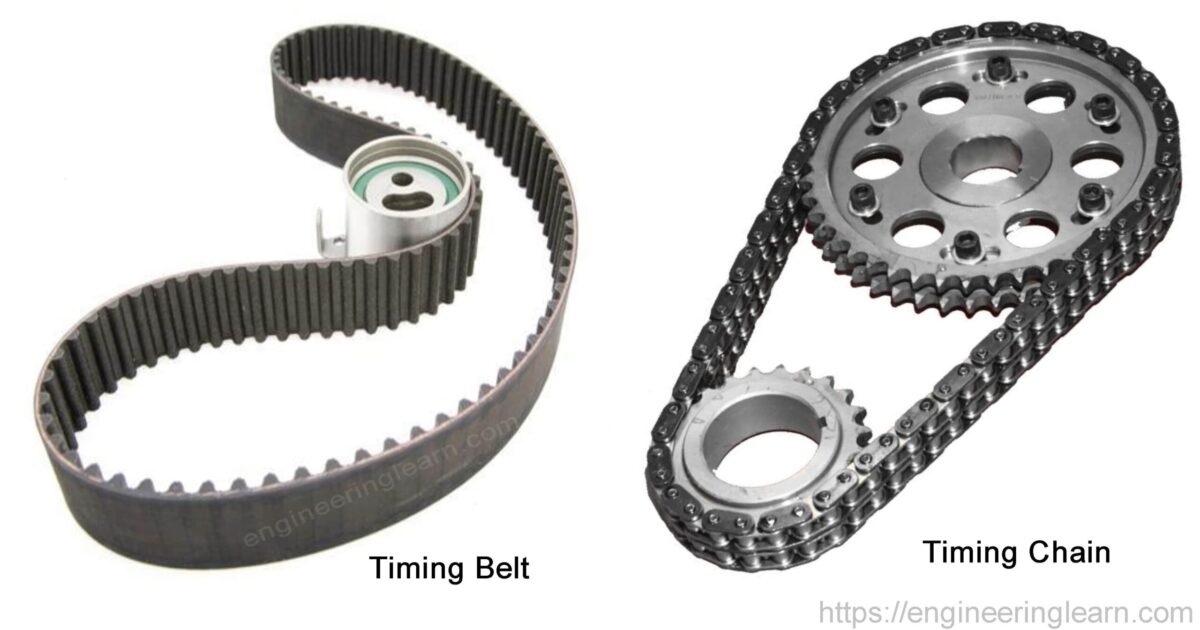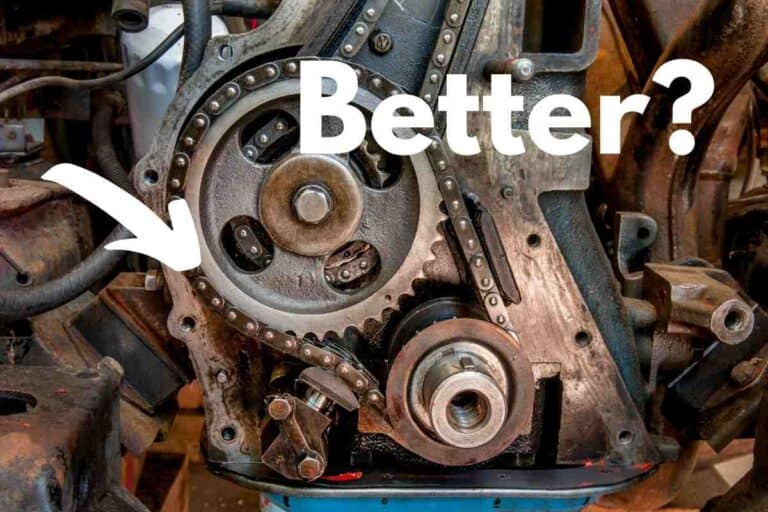

Thus the life expectancy of a timing belt is lowered in hot or leaky engines. Rubber degrades with higher temperatures, and with contact with motor oil. The structure of the belt is reinforced with corded fibres (acting as tension members) and the toothed surface is reinforced with a fabric covering. In some engine designs the timing belt may also be used to drive other components, such as the water pump and oil pump.Ī timing belt is typically made from rubber, although some belts are instead made from polyurethane or neoprene. However a few engines since 2008 have used "wet timing belts", whereby the belt is lubricated by engine oil to reduce friction. Timing belts are typically located in front of the engine and are often behind a cover for protection against dust and debris. Replacement of the engine's water pump at the same time is often recommended, since the water pump is also subject to wear and easily accessed during the replacement of the timing belt. The main disadvantage is that belts wear over time, therefore belt replacement is recommended at specific intervals. The advantages of timing belts are typically a lower cost, reduced friction losses, less noise and that belts traditionally do not require lubrication. The phrase "timing belt" usually refers to a rubber toothed belt. Timing belts were common on mass-production cars until the 1970s and 1980s, however since the 1990s timing chains have become more common due to the replacement intervals required when using timing belts. Overhead camshaft engines mostly use timing belts or timing chains, since these are better suited to transferring drive over larger distances. In many older overhead valve engines, the camshaft is located in the block near the crankshaft, therefore a simple gear system is often used to drive the camshaft. The teeth of the belt/chain/gears mesh with both the crankshaft and camshaft(s), thereby synchronising their motion. The most common devices to transfer the drive are toothed rubber belts, metal timing chains or a set of gears. These valves allow the engine to inhale air (or an air/fuel mixture) and exhale the exhaust gasses. The crankshaft drives the camshaft (via a timing belt, timing chain or pushrods), which in turn actuates the intake and exhaust valves. In most piston engines, the camshaft(s) are mechanically connected to the crankshaft.

This synchronisation ensures that the engine's valves open and close at the correct times in relation to the position of the pistons. In a piston engine, either a timing belt (also called a cambelt) or timing chain or set of timing gears is used to synchronize the rotation of the crankshaft and the camshaft. A timing chain (installed around the two circular cam sprockets)


 0 kommentar(er)
0 kommentar(er)
